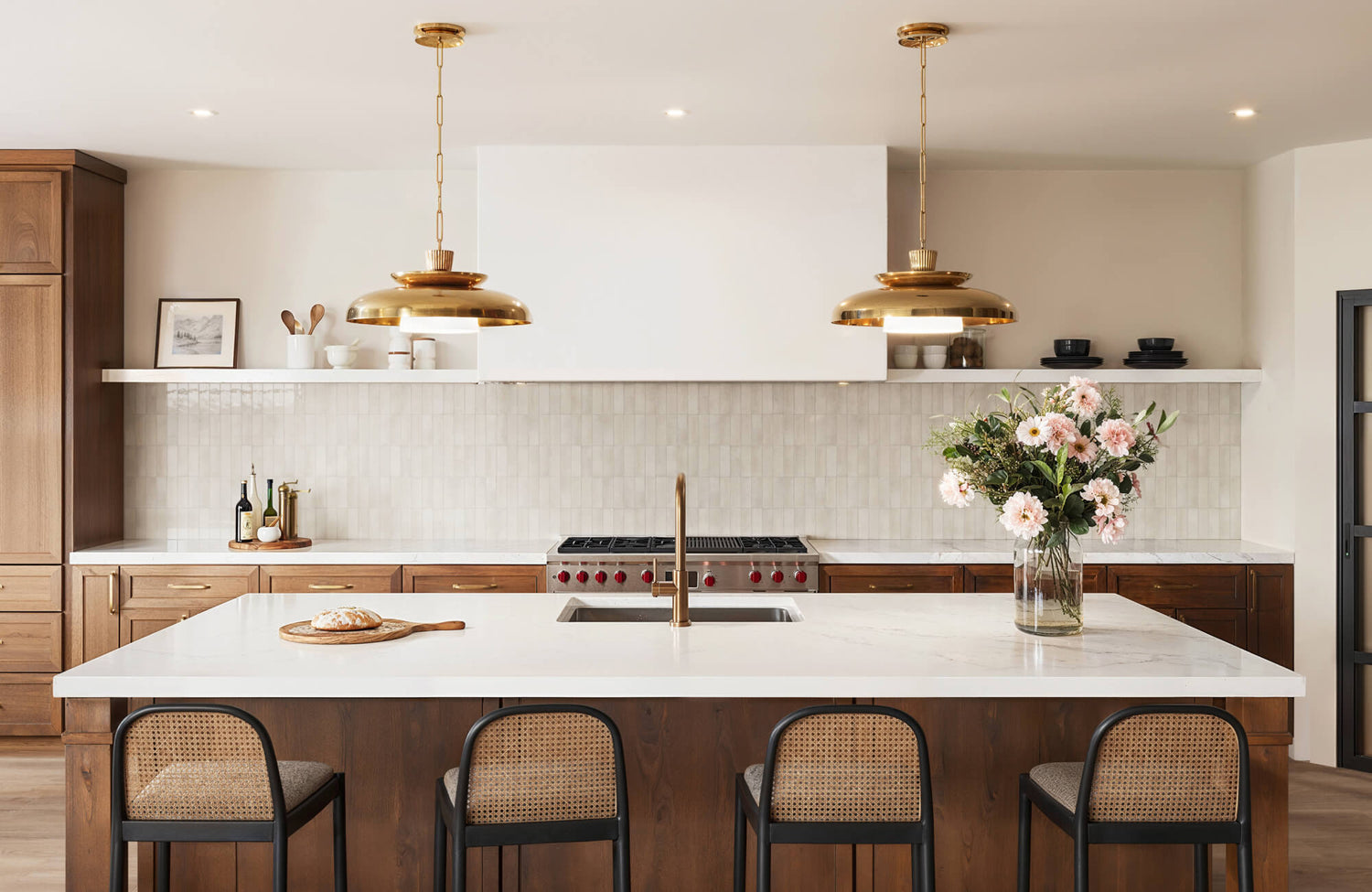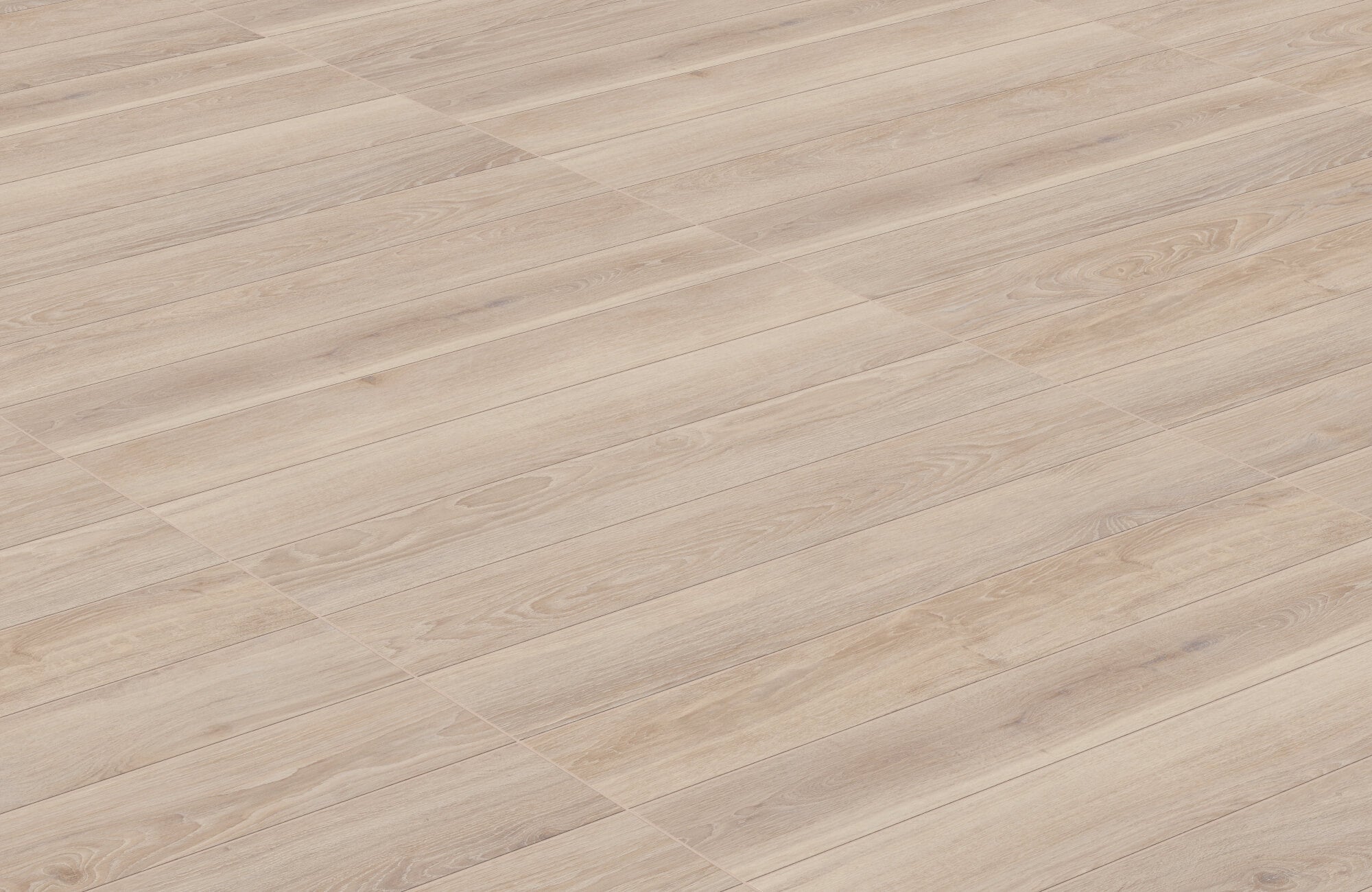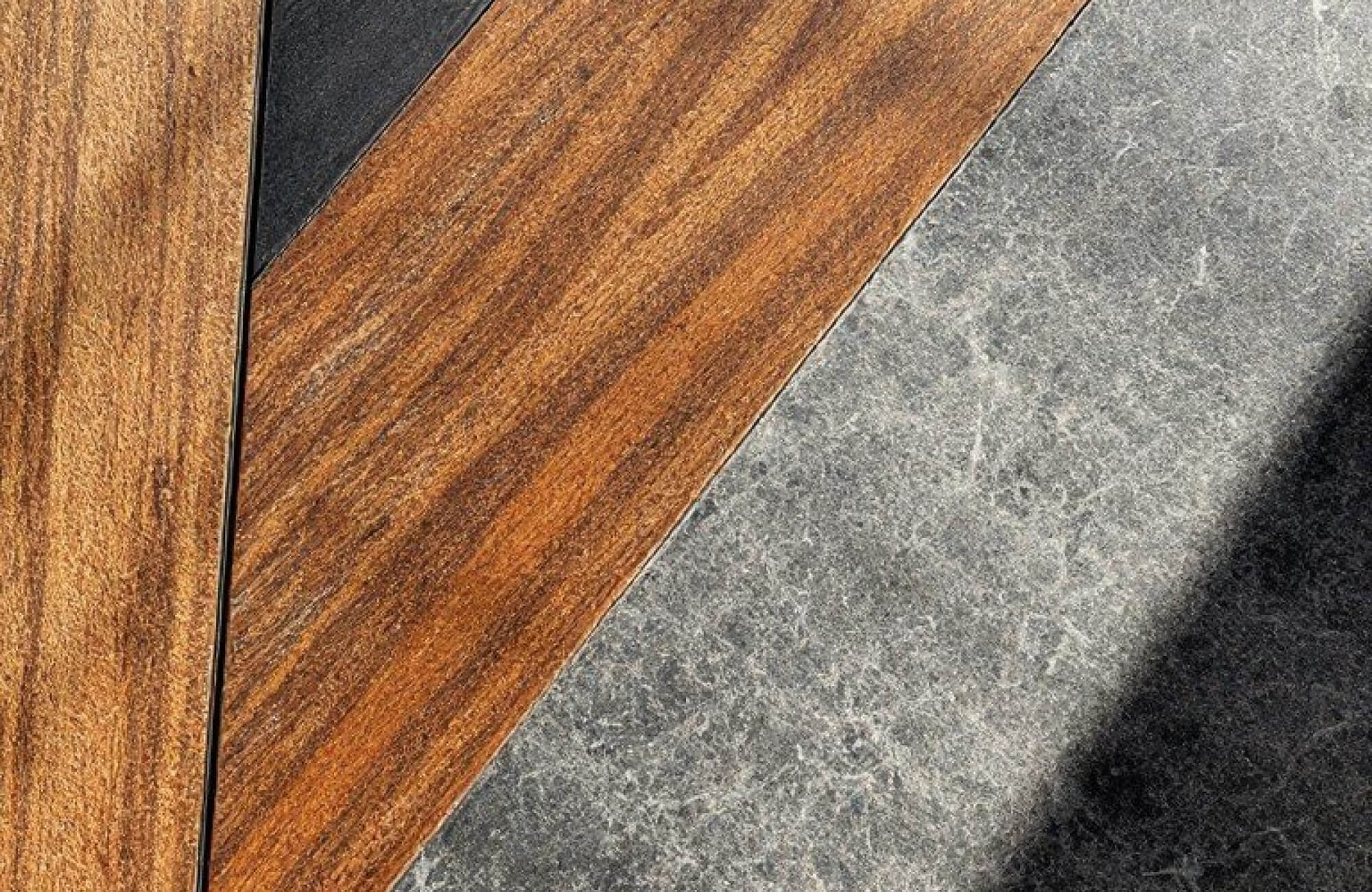Subway tile, with its clean lines and classic rectangular shape, has long been a staple in home design. Its versatility shines through in various applications, from kitchen backsplashes and bathroom walls to shower surrounds and even accent walls in other rooms. While its enduring popularity is undeniable, the challenge lies in making subway tile look stylish and avoiding the pitfalls of monotony or appearing dated. This article explores innovative ways to elevate this classic tile, ensuring your design stands out and remains timeless.
Elevating the Classic Appeal of Subway Tiles
The traditional image of subway tile often conjures up visions of pristine white tiles arranged in a simple grid. However, this classic material offers a surprising degree of versatility. By stepping outside the conventional box, homeowners can elevate subway tile from ordinary to extraordinary.
Color Play
While white subway tile remains a timeless choice, embracing color can inject personality and vibrancy into any space. Earthy tones like sage green, deep ocean blue, and warm terracotta evoke a sense of tranquility and bring the outdoors in. For a more dramatic effect, consider bold hues such as jet black, navy blue, or deep burgundy. These colors create a striking focal point and add a touch of sophistication. Pastel shades, such as soft pink, mint green, and sky blue, infuse spaces with a sense of airiness and lightness, perfect for creating a serene and calming atmosphere.
Beyond the tile color, grout can also significantly influence the design. Contrasting grout, such as dark against white tiles, emphasizes individual tiles and adds depth. On the other hand, matching grout creates a seamless, uniform appearance. Colored grout, like gold or gray, can elevate the design further, offering subtle elegance or bold distinction.
Texture Talk
While traditional subway tiles boast a smooth, flat surface, textured options can add a layer of visual interest and depth. Embossed tiles, with subtle raised patterns, create captivating interplay between light and shadow. Glazed tiles, with their lustrous finishes, reflect light beautifully, adding a touch of glamour. Beveled tiles, with their slightly angled edges, introduce subtle reflections and a sense of movement.
The interplay of light and shadow is critical when working with textured subway tiles. Strategically placed lighting, such as under-cabinet fixtures or backlighting, can enhance the textures, creating a dynamic visual effect. This approach not only highlights the tile’s unique features but also adds sophistication to the overall design.

Breaking the Grid with Unique Tile Patterns
While the traditional grid layout remains a classic choice, exploring alternative laying patterns can significantly elevate the visual impact of subway tile. These patterns add dynamism and personality, transforming a simple material into a captivating design element.
Herringbone Hustle
The herringbone pattern, characterized by tiles arranged in a V-shape, creates a sense of movement and flow. This timeless arrangement adds a touch of sophistication to any space, whether in a classic kitchen or a contemporary bathroom. For instance, the Edward Martin’s Aniston 3x12 Polished Porcelain Tile in Calacatta Top, shown in the photo above, brings an elevated elegance to the herringbone design with its polished finish and luxurious marble-inspired veining. This combination seamlessly merges timeless beauty with modern durability, making it ideal for high-impact areas.
Variations, like the chevron pattern, where the V-shapes align in the same direction, offer a more streamlined aesthetic. For a handcrafted feel, the broken herringbone pattern introduces subtle irregularities, enhancing the design’s charm. Whichever approach you choose, the herringbone layout remains a versatile and captivating design choice that enhances both traditional and contemporary spaces.
Stacked and Staggered
The traditional straight stack arrangement, where tiles are aligned vertically and horizontally, creates a clean, minimalist aesthetic ideal for modern spaces. In contrast, the offset, or staggered layout introduces a more dynamic and less formal appearance. Adjusting the offset distance can further enhance the design, creating either pronounced or subtle variations that add depth and character to the installation.
Subway Tile Mosaics
Beyond simple linear arrangements, subway tiles can be used to create intricate mosaic patterns by cutting tiles into smaller pieces and arranging them in specific configurations, achieving a wide range of artistic effects. Simple geometric patterns, such as squares, triangles, and diamonds, offer a clean and contemporary look. More complex designs, like floral motifs, abstract shapes, or even personalized patterns, can add a unique and artistic touch.
Incorporating contrasting colors within the mosaic can further enhance the visual impact. For example, a mosaic of white subway tiles with accents of black or a vibrant accent color can create a striking and sophisticated look. This technique allows for a high degree of customization, enabling homeowners to express their individual style and create truly unique designs.
Exploring Styles from Minimalism to Maximalism
The beauty of subway tile lies in its adaptability to a wide range of design aesthetics. From sleek minimalism to bold maximalism, subway tile can transform into a versatile design element.
Minimalist Magic
For a minimalist approach, focus on clean lines and a restrained color palette that exudes timeless elegance. Pairing white subway tiles with white grout creates a seamless, understated backdrop that allows other design elements to stand out. The Madilyn 3x12 Matte Ceramic Tile in Pearl, as illustrated in the photo above, is an excellent choice for this style, offering a subtle matte finish that enhances the minimalist aesthetic with its soft, sophisticated appeal.
High-quality fixtures, such as polished chrome faucets and sleek hardware, further complement the minimalist aesthetic. To enhance the simplicity of the design, strategic lighting is essential. Recessed lighting evenly illuminates the tile surface, drawing attention to its subtle texture and reflective qualities, while pendant lights or wall sconces can introduce a touch of contrast and create visual interest without overwhelming the space.
Maximalist Marvels
For those drawn to bold and eclectic designs, subway tiles provide the perfect canvas for creativity. By experimenting with contrasting grout colors, you can create a striking visual impact. For example, dark grout against light subway tiles produces a graphic and dramatic effect, while intricate laying patterns, such as herringbone or staggered arrangements, introduce visual dynamism and complexity that make the design stand out.
Incorporating other materials further enhances the maximalist aesthetic, as the interplay of textures and finishes creates a sense of richness and depth. You might consider pairing subway tiles with warm brass accents, cool copper fixtures, or the luxurious veining of marble to add layers of sophistication. Additionally, statement lighting, such as oversized chandeliers or dramatic pendant lights, injects glamour and draws attention to the unique design. Vibrant accessories and distinctive artwork amplify the maximalist vibe by introducing pops of color through colorful rugs, eye-catching artwork, or standout decorative pieces. The harmonious blend of colors, textures, and patterns results in a visually stimulating and dynamic space that exudes personality and style.

Expanding Design Horizons Beyond the Backsplash
While backsplashes remain a classic application, subway tile's versatility extends far beyond the kitchen and bathroom. Creative and unexpected uses can transform this versatile material into a captivating design element throughout the home.
Floor Focus
Subway tile extends beyond walls, offering a stylish and durable flooring option that works exceptionally well in kitchens and bathrooms. Its moisture-resistant properties and ease of maintenance make it a practical solution for spaces that endure frequent use. Moreover, the choice of color and pattern plays a significant role in shaping the overall aesthetic, ensuring functionality and style go hand in hand.
For a classic and timeless look, neutral tones like white, beige, gray, or black are excellent options. The Natasha 2x6 Matte Porcelain Tile in Bone, portrayed in the picture above, embodies this classic elegance with its subtle matte finish and versatile tone, making it an ideal choice for both contemporary and traditional designs. Alternatively, if you want to inject vibrancy into the space, consider introducing pops of color through patterned tiles or colorful grout. Patterns like herringbone or basketweave can further enhance visual interest, breaking up the monotony of larger tiled areas and creating a design that feels engaging and refined.
Wall Wonders
Accent walls featuring subway tile can elevate living rooms, bedrooms, or hallways into sophisticated and visually engaging spaces. For instance, a subway tile headboard wall in the bedroom can act as a unique focal point, adding texture and character to the room. Similarly, hallways, often overlooked in design, can gain an unexpected touch of elegance with a thoughtfully crafted subway tile accent wall.
Beyond traditional uses, subway tile lends itself to creating captivating design features. A fireplace surround featuring the Marsden 3x10 Matte Ceramic Tile in Coal introduces a timeless and dramatic element to a living space, balancing sophistication with boldness. In bathrooms, subway tiles can seamlessly transition from walls to shower enclosures, achieving a cohesive and polished aesthetic. Additionally, in home offices or entryways, a subway tile feature wall infuses charm and personality, creating a welcoming and distinct atmosphere. These versatile applications showcase the endless potential of subway tiles, encouraging homeowners to craft spaces that reflect their unique style.

Tips for Subway Tile Maintenance
Proper maintenance ensures the longevity and beauty of your subway tile installation. A simple wipe with a damp cloth helps remove everyday grime and splashes, while a deeper cleaning using a mild dish soap solution and a soft sponge effectively tackles dirt without damaging the surface. Avoid abrasive cleaners or scouring pads, as these can scratch the tile’s finish.
Additionally, grout requires special attention, as it is more prone to discoloration and mold. Regular cleaning and periodic sealing help maintain its integrity. Applying a grout sealer every one to two years creates a protective barrier, repelling water and stains, and maintaining its effectiveness. By following these simple maintenance tips, you can ensure your subway tile installation remains beautiful and functional for years to come.









